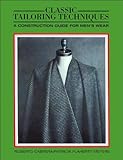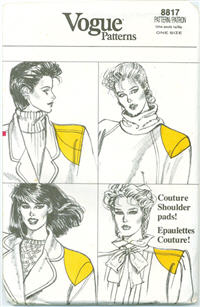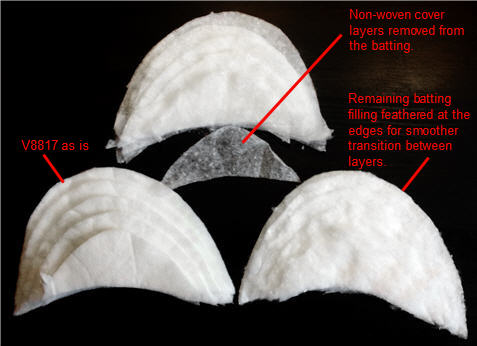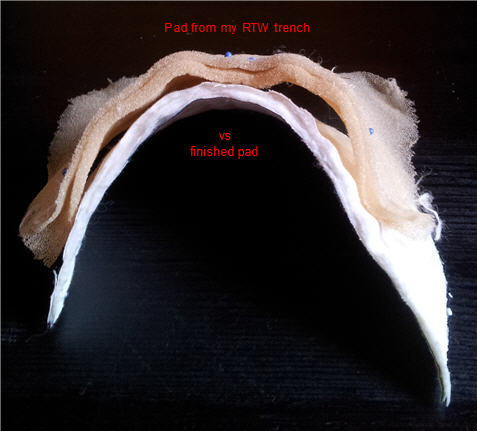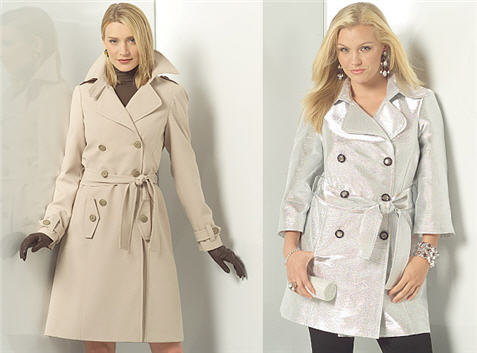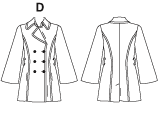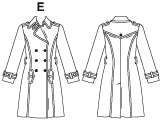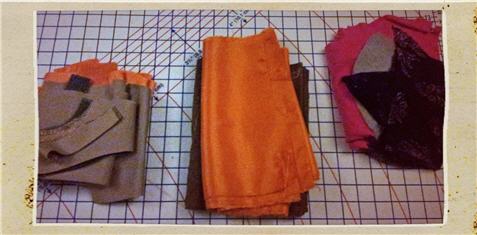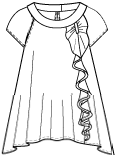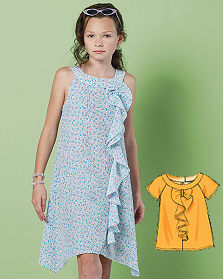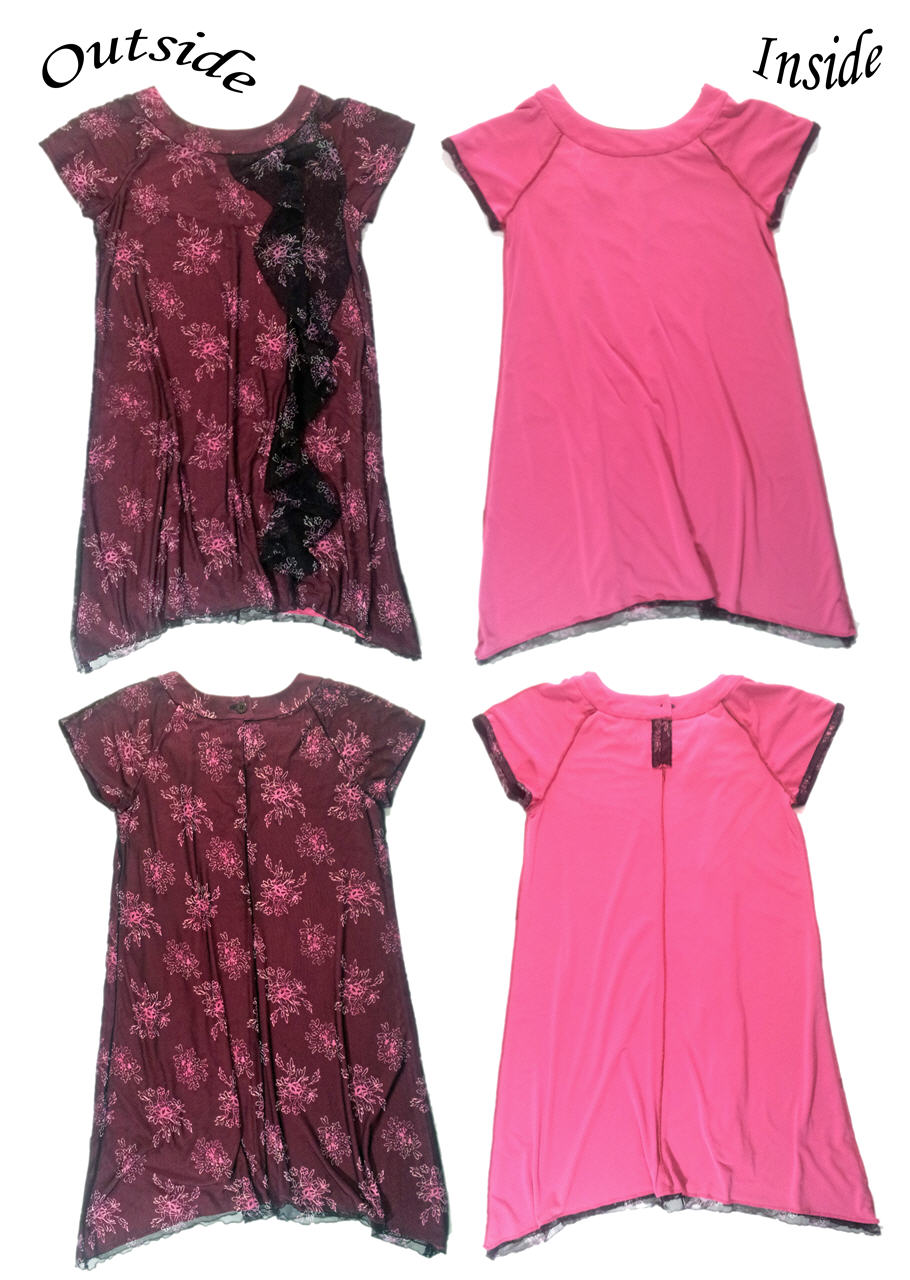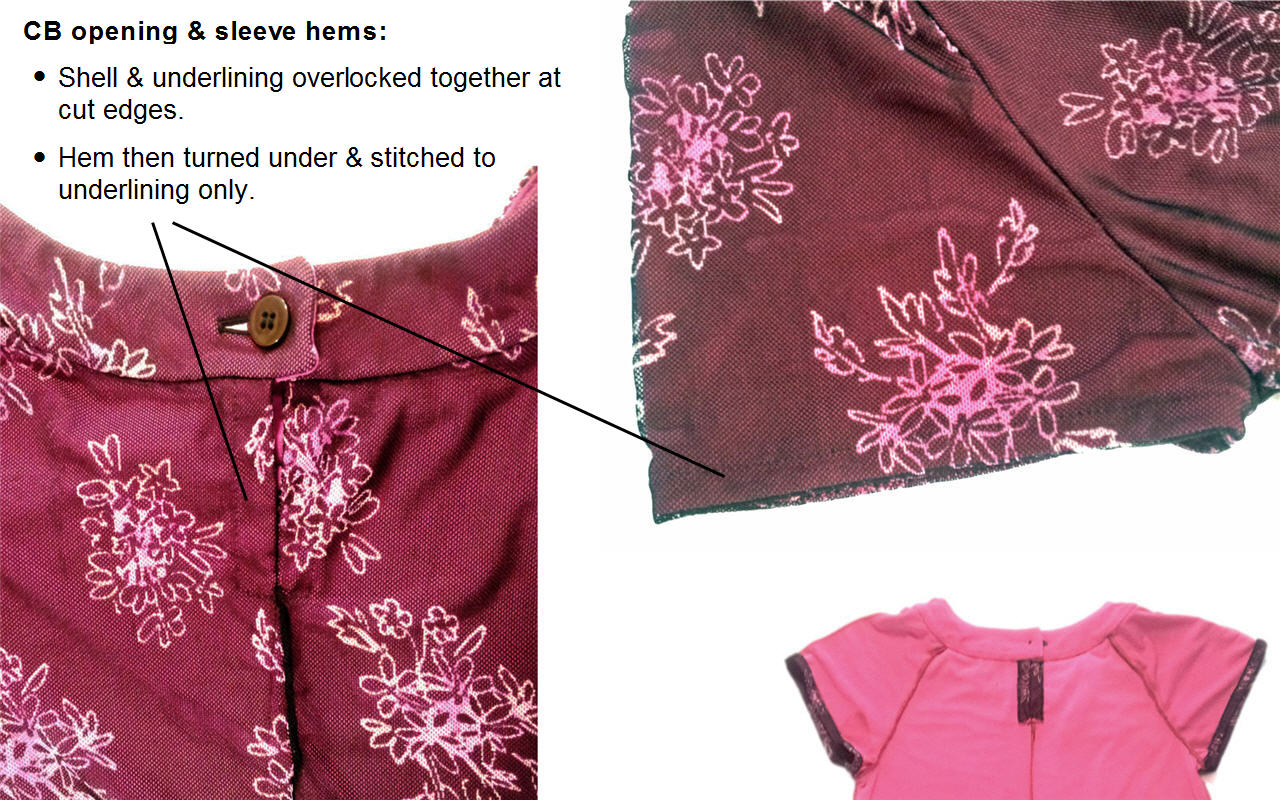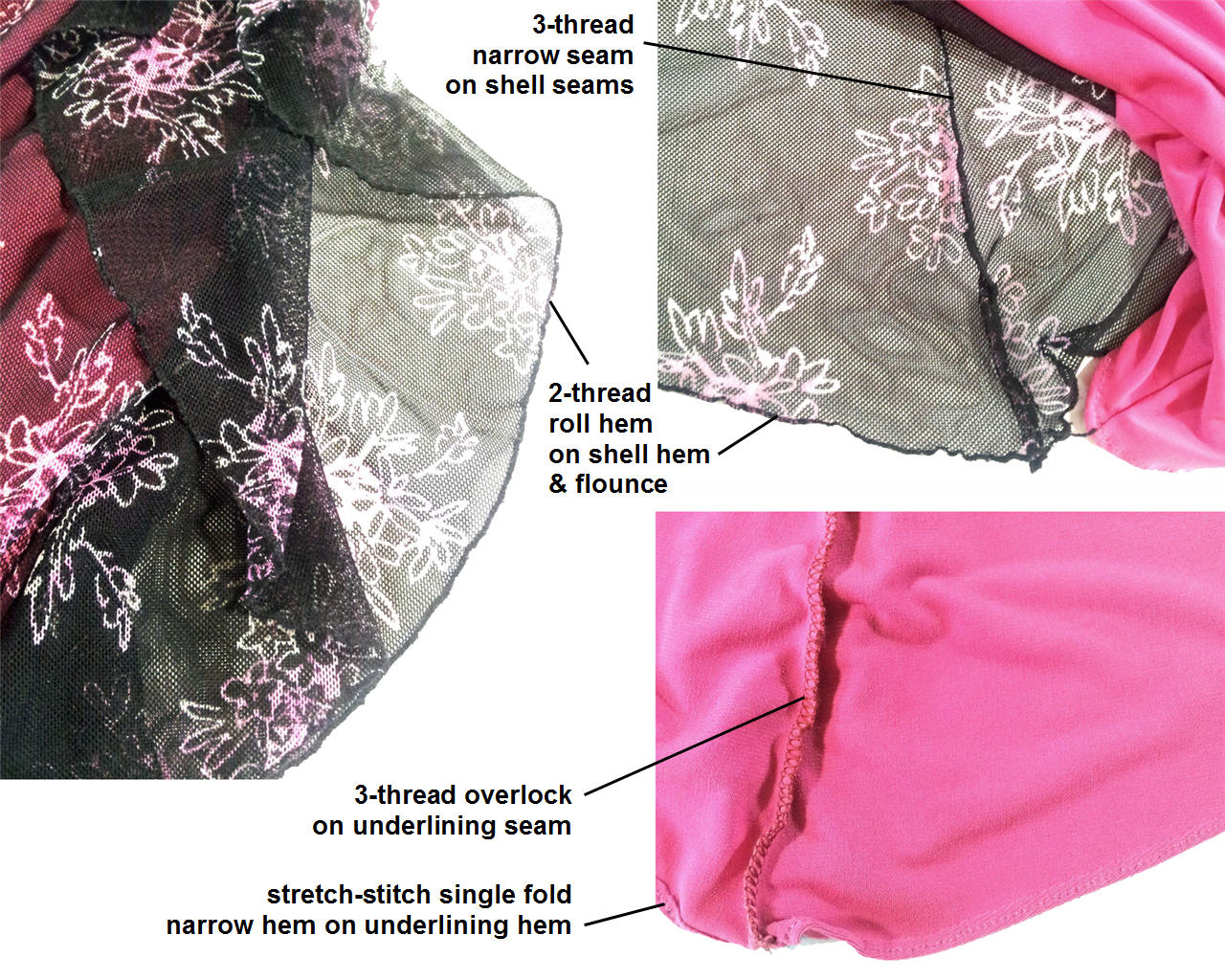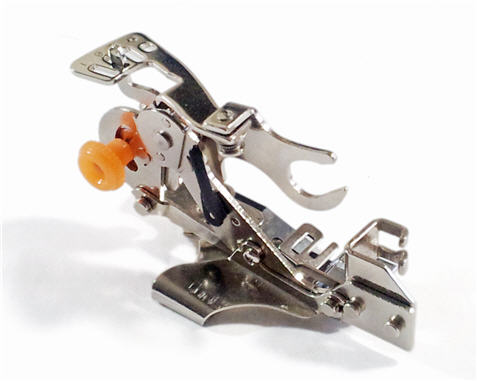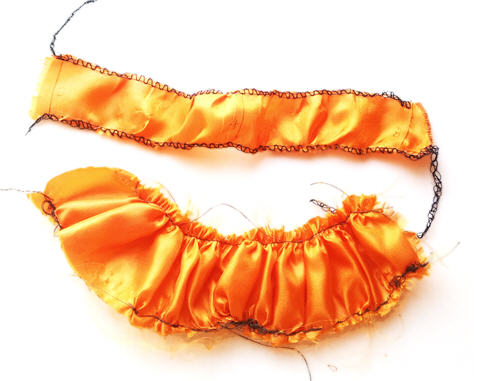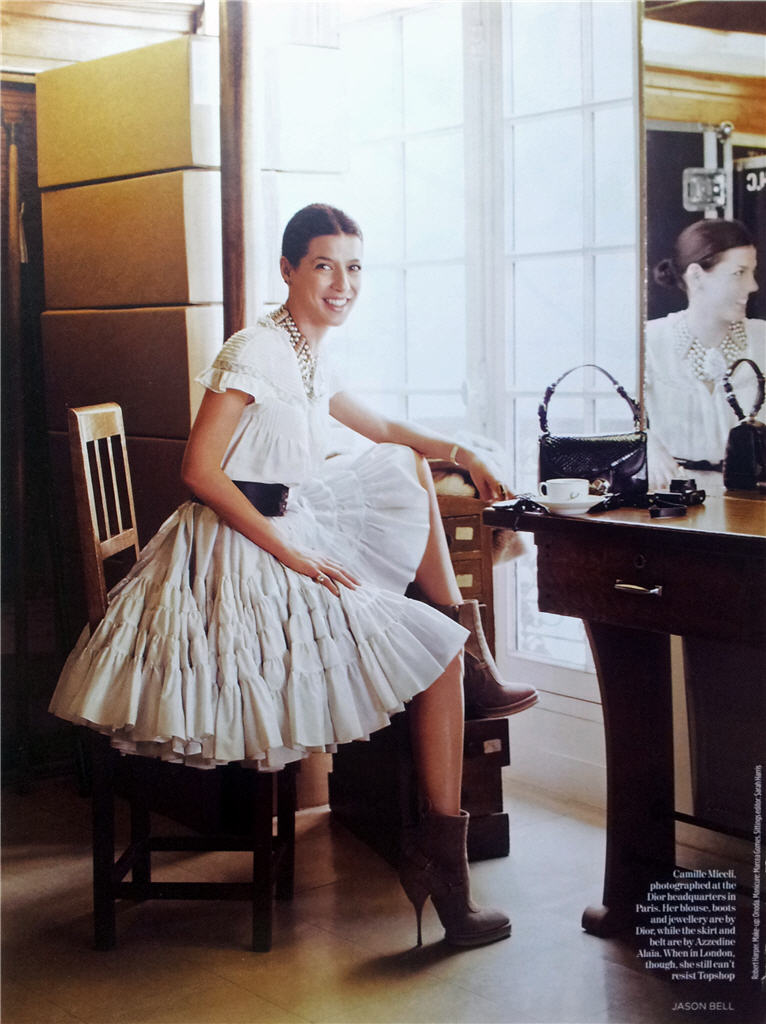OK, let’s get serious now. Let’s talk about fitting. And let’s get one thing straight: I hate making Muslin muslins. You know, the type that goes to the landfill afterward. I know it’s sometimes unavoidable. But what’s left of my green conscious won’t allow it for every single garment.
So I’m giving Palmer / Pletsch’s Fit For Real People tissue fitting + fit as you sew technique a proper go. If I can make it work – learn to read the tissues, learn to mentally prepare for fabrics behaving differently – then at least I’ll end up with wearable muslins.
A word of warning before I get started. This is like the 2nd time I’ve tried this technique. So I’m no expert. I’m just sharing my experience so we can learn together. And if you’re already expert at this, please share your wisdom!
Tissue Fitting #1: unaltered bodice
As instructed I pinned the tissue pieces together without any alteration and check the back width first.
I’m using size 8, which is officially two sizes too small for my current measurement. But I was once size 8, and I’m working with the hypothesis that I’d get better results using this with FBA & other girth adjustments where needed.
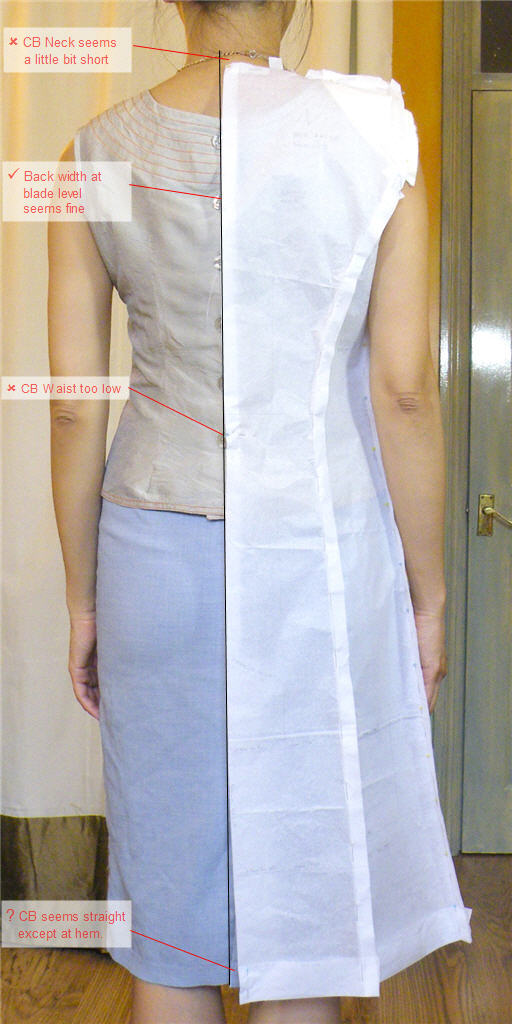
- Size 8 back seems wide enough.
- CB seems surprisingly straight. I normally get bunching at lower back / waist, so I was expecting CB to be too long so swinging to the side at the bottom. There is a slight swinging, but not as much as I’d expect.
- CB waist is too low though.
- CB neck is also lower than base of my neck. But I’m not sure if I should alter this. How do you tell if the neckline is meant to be lower? Some McCall / Vogue patterns indicate lowered back neckline on the back pattern. This one doesn’t. But at least a couple of pattern-making books I have mention lowering the back neckline slightly for jackets & coats.
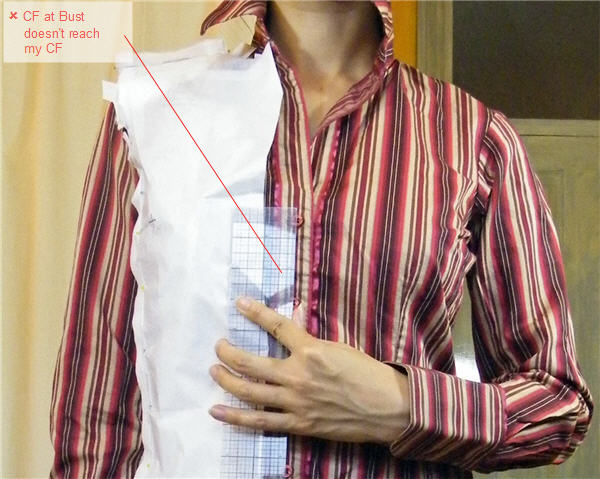
As the back width is wide enough, I’m OK to check the front width.
- Finished bust is suppose to be 36″, which would already give me a 2″ ease. But CF at bust doesn’t come to my CF without pulling & creating drag lines. I measure about 1″ difference. Also, as this will be worn over other clothing, I reckon I’d need more bust ease anyway. This trench is suppose to be semi-fitted, which supposedly should have 3-5″ ease. I’ll aim for 4″ & maybe sew a wider SA if it seems too loose at fabric fitting stage.
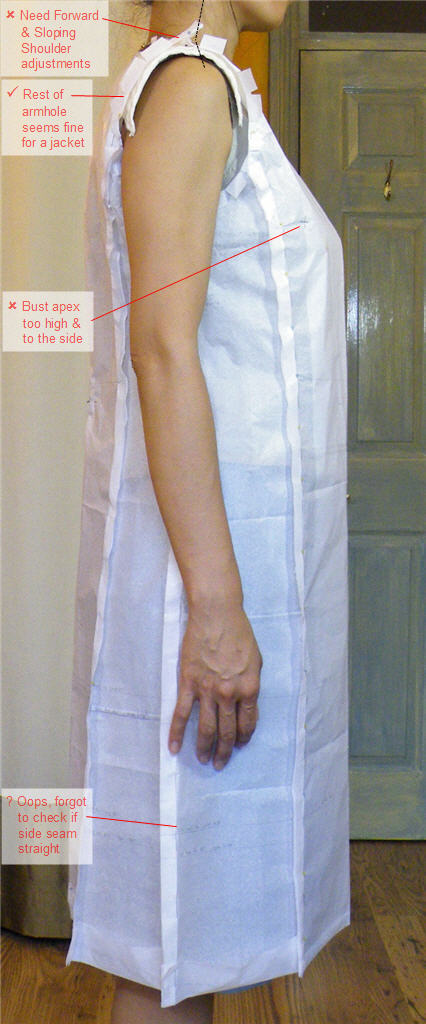 Armhole seems a little bit big at the shoulder seam & also to far to the back. From previous sloper fitting attempts I know I have slopping shoulders & forward shoulder (too much computer work). So definitely need adjustments here. Rest of the armhole looks OK to me considering that this is a jacket – ie need bigger armhole to fit over other garments.
Armhole seems a little bit big at the shoulder seam & also to far to the back. From previous sloper fitting attempts I know I have slopping shoulders & forward shoulder (too much computer work). So definitely need adjustments here. Rest of the armhole looks OK to me considering that this is a jacket – ie need bigger armhole to fit over other garments.- From the side you can see the bust point is too high up and too much to the side.
- Forgot to check if the side seam is straight. Oops.
First alterations I’m going to make:
- Rounded upper back adjustment
- Sloping & Forward Shoulder adjustments
Results tomorrow!


